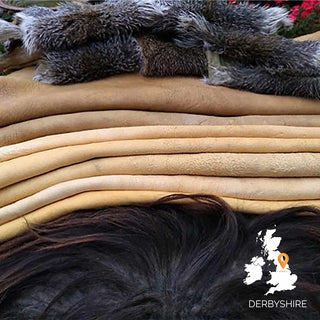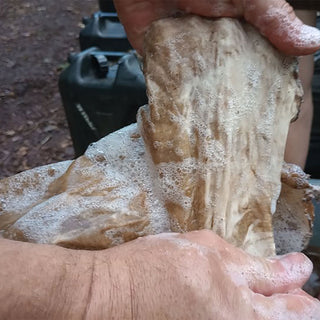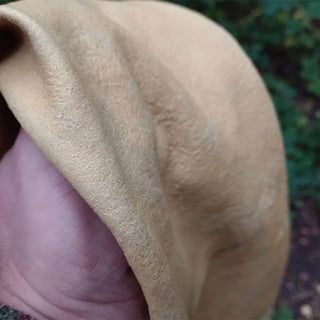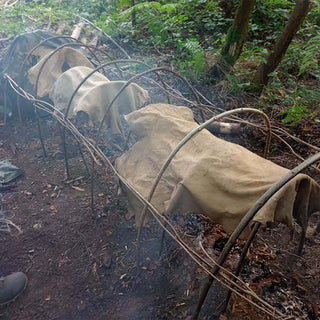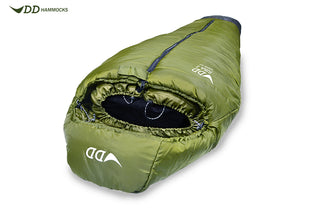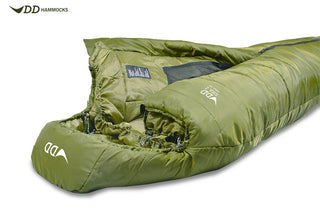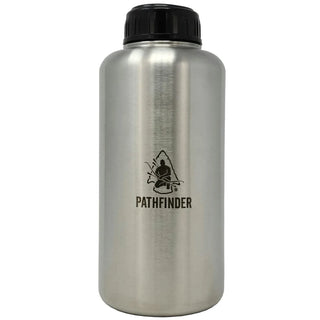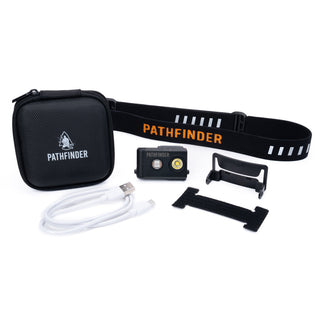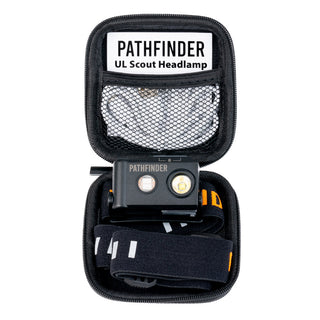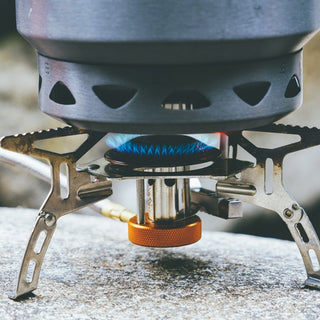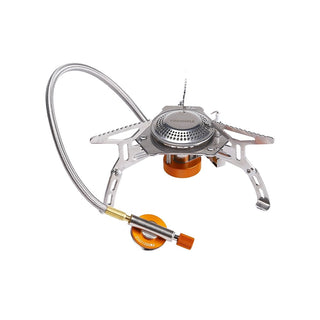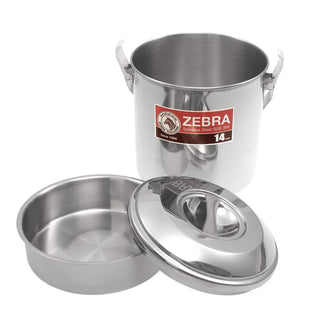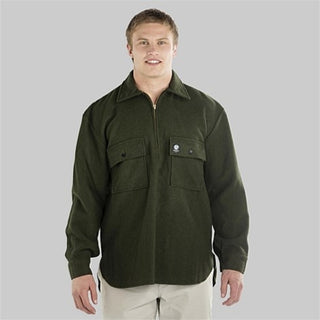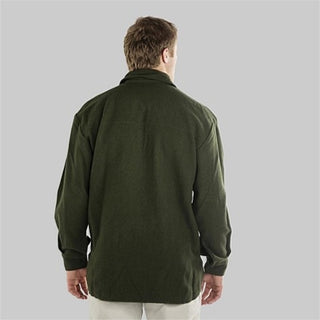"Traditional Aboriginal tanning involves so much more than the physical act of tanning. Traditional tanning is the act of 'reviving' a dead animal's hide into a 'living being', with a soul, power, and sacredness. It is this traditional knowledge of revival and transformation that separates a mediocre tanner from a 'master' tanner."
Baillargeon M. - North American Aboriginal Hide Tanning - The Act of Transformation and Revival (2011) p.5
For millennia our ancestors used all of nature’s resources to survive, live and ultimately thrive in their surroundings. It is this ability that enabled the exploration of the world around them, into new and unfamiliar territories, where each new horizon presented fresh challenges and different resources. Although the flora and fauna may have changed as they went the things that remained constant were the need for shelter, water and food. So it is with this fundamental basis that every successful ancestral tribe was established – and they all found their own solutions specific to the climate; from Inuit in the arctic to the indigenous Americans living on the plains. Studying these fast disappearing cultures, alongside archaeological discoveries, highlights the importance of the animals they hunted and the extensive resources that could be called into use.
Across this course your instructor will guide you through the magical journey of transforming an animal hide from its raw state into buckskin. Unlike leather, the process of making buckskin has never been mechanised or industrialised and, to this day, remains a hands on task that produces a material like no other. By the end you will be prepared for an onward journey of experimentation into the myriad of other routes that can be taken and of course the finished buckskin that you can then transform again into the project of your choice.
"Our ancestors survived on the land and the sea, depending only on animals. It was not always easy for them, but they survived through many dangerous journeys and bitterly cold winters. They not only survived for themselves, they also survived for the future."
Mike Angutituak of Kangiqliniq - Taken from Issenman B. K. - Sinews of Survival - The Living Legacy of Inuit Clothing (1997) p.5
"Traditional Aboriginal tanning involves so much more than the physical act of tanning. Traditional tanning is the act of 'reviving' a dead animal's hide into a 'living being', with a soul, power, and sacredness. It is this traditional knowledge of revival and transformation that separates a mediocre tanner from a 'master' tanner."
Baillargeon M. - North American Aboriginal Hide Tanning - The Act of Transformation and Revival (2011) p.5
For millennia our ancestors used all of nature’s resources to survive, live and ultimately thrive in their surroundings. It is this ability that enabled the exploration of the world around them, into new and unfamiliar territories, where each new horizon presented fresh challenges and different resources. Although the flora and fauna may have changed as they went the things that remained constant were the need for shelter, water and food. So it is with this fundamental basis that every successful ancestral tribe was established – and they all found their own solutions specific to the climate; from Inuit in the arctic to the indigenous Americans living on the plains. Studying these fast disappearing cultures, alongside archaeological discoveries, highlights the importance of the animals they hunted and the extensive resources that could be called into use.
Across this course your instructor will guide you through the magical journey of transforming an animal hide from its raw state into buckskin. Unlike leather, the process of making buckskin has never been mechanised or industrialised and, to this day, remains a hands on task that produces a material like no other. By the end you will be prepared for an onward journey of experimentation into the myriad of other routes that can be taken and of course the finished buckskin that you can then transform again into the project of your choice.
"Our ancestors survived on the land and the sea, depending only on animals. It was not always easy for them, but they survived through many dangerous journeys and bitterly cold winters. They not only survived for themselves, they also survived for the future."
Mike Angutituak of Kangiqliniq - Taken from Issenman B. K. - Sinews of Survival - The Living Legacy of Inuit Clothing (1997) p.5
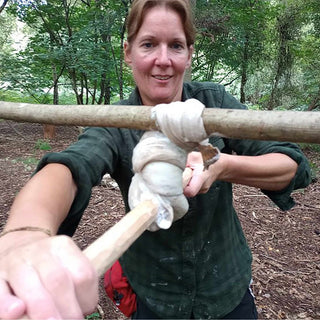
An ancient material
Buckskin has been around a long time and used in many areas of the world. The hunter-gatherer lifestyle of the Stone Age meant skins were easily available and the tools and resources needed were all found within the animal or the natural habitat. As ancient as the material and process is when you picture buckskin you immediately think of First Nation native Americans. This really comes down to a combination of Hollywood films and the fact that it was an incredibly important trade commodity. So much so that even today the slang for the American dollar is Buck.
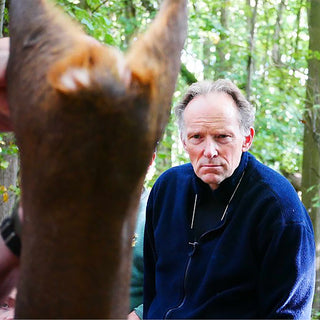
The tools and resources
It's one thing to use tools but the true skill comes in knowing the exact qualities needed. You'll come away with an in depth understanding of every item and resource used to fully appreciate its role in producing an end product to be proud of and replicate it going forwards in your own journey.
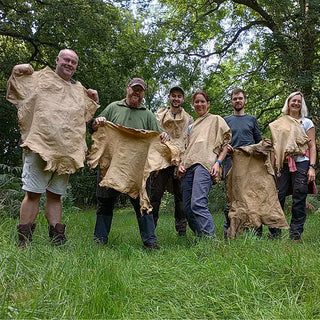
The magical transformation
To take a natural product and transform it into something that looks and feels completely different is magical. With each part of the process the hide takes another step along this journey and with our expert guidance we'll navigate you around the many pitfalls that can catch many out. Did the fleshing get done properly? Has the grain layer been fully removed? We're the various mixture ratios just so? There are so many more but even if things don't go quite according to plan you'll fully understand why and have the solutions presented to you.

